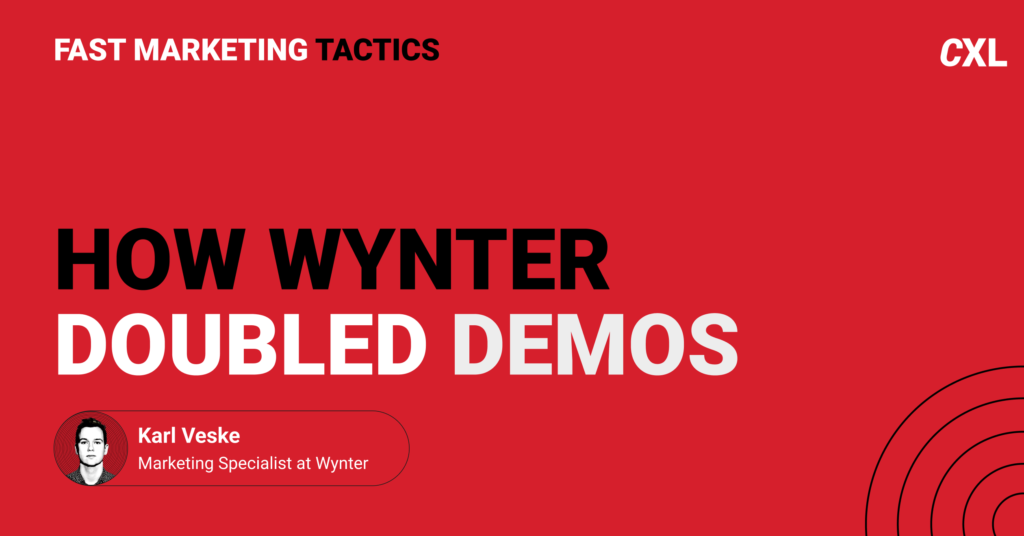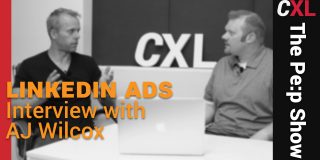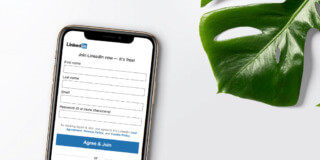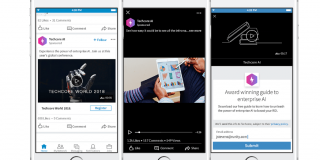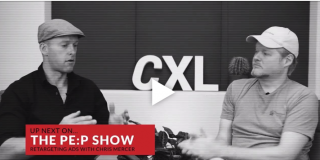By offering gift cards via LinkedIn’s messaging ad feature, the Wynter marketing team quickly doubled their demos booked, even during a typically slow season.
Here’s exactly how they did it.
Do you also have a fast marketing tactic that’s delivered great results? Share it with us here.
Table of contents
The goal: Increase product demos
Before testing this tactic, most of Wynter’s demo bookings came via their inbound marketing efforts.
They were looking for a new lever to pull that aggressively and reliably accelerated demo bookings in the short term.
The Fast Marketing tactic: LinkedIn Conversation Ads & gift card incentives
Following different tests, Wynter started to use LinkedIn Conversation Ads to target prospects, offering them an incentive in return for a product demo.
LinkedIn Conversation Ads look just like any LinkedIn message. They can be targeted to any audience, and even allow you to build a funnel of automated questions and CTA-button answers.
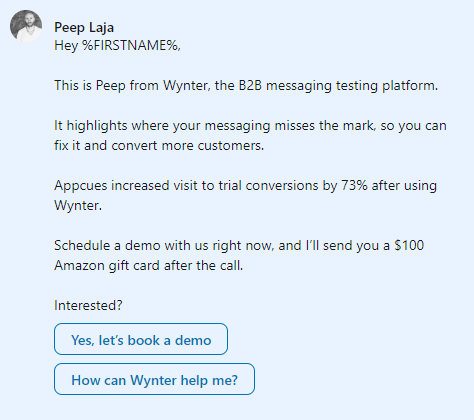
The Wynter team built their own funnel that qualified prospects with a set of Q&As, ensuring they hit the right audience with questions like:
- “Do you work at a B2B SaaS company?”
- “Are you responsible for driving pipeline/signups?”
- “Do you work with your company’s messaging?”

Those who reached the end of the funnel were offered a $100 USD Amazon gift card in return for a demo, and they were then redirected to the campaign landing page.
The result: 2x demo bookings
Wynter launched this tactic in May 2023. In 3 months, they doubled their booked demos, even during the (typically quiet) summer season.
After taking out no-shows, low-quality meetings, and quality leads that their product does not yet cater to, the ad cost per completed meeting came to $476 (in addition to the $100 gift card).
While there isn’t yet data on the ROI of this tactic due to long sales cycles, the sales team’s feedback showed that the leads from this campaign were of good quality.
Why does it work?
- Incentives help grab your prospects’ attention and push them to take action.
- On top of that, LinkedIn Conversation Ads have a very high open rate: for Wynter, it was 52%.
- LinkedIn members receive a maximum of one Conversation Ad message in 45 days, reducing the competition for attention and the chance of saturating prospects with outbound messages (unlike emails).
Still, this tactic might not be fit for every B2B company. Because of that limitation of one message every 45 days, your ad delivery can be limited if your target market is narrow and they’re already being sent ad messages.
How to implement this tactic yourself
1. Determine your incentive. Make sure it’s relevant to your target audience and region(s), and that it’s easy to set up and share, such as a digital gift card.
2. Create your Conversation Ad in LinkedIn’s Campaign Manager.
3. Choose your targeting. You might need to go broader than you think, as LinkedIn needs an audience of 50k to work properly. Be sure to also remove your email list and other contacts who already know you. If you need help, take our Advanced LinkedIn Ads course.
4. Decide who is “sending” your message. The ad can look like it was sent from your company page or from a personal profile. We recommend a personal profile (for example, your CEO or Sales Manager) for a more human approach, especially if the individual is already well-known among your target audience. Just be sure that the message’s tone of voice matches that individual’s personal style.
5. Add an image. Just like with all LinkedIn messages, desktop users will see an ad on the right side of your message. You can choose to place your own image here to reinforce your message (and avoid someone else’s ad from displaying here instead).
6. Build a funnel. To further qualify your audience, use the Conversation Ad’s CTA button feature to create a series of questions and corresponding responses.
7. Create a landing page. Redirect qualified users to a dedicated landing page where they can book their demo. This way, you can also keep track of users coming from this campaign.
8. Send out your gift cards. Only send your gift cards (or whatever incentive you have offered) after the demo is completed to ensure prospects are qualified and actually show up to the demo.
9. Optimize your campaign. Based on the ongoing results of your campaign, continue to refine your audience and messaging, as well as test different layouts, incentives, and creatives to maximize conversions.
Meet the specialist behind this tactic
Karl Veske is the Marketing Specialist at Wynter—the ICP discovery platform for B2B marketers.
